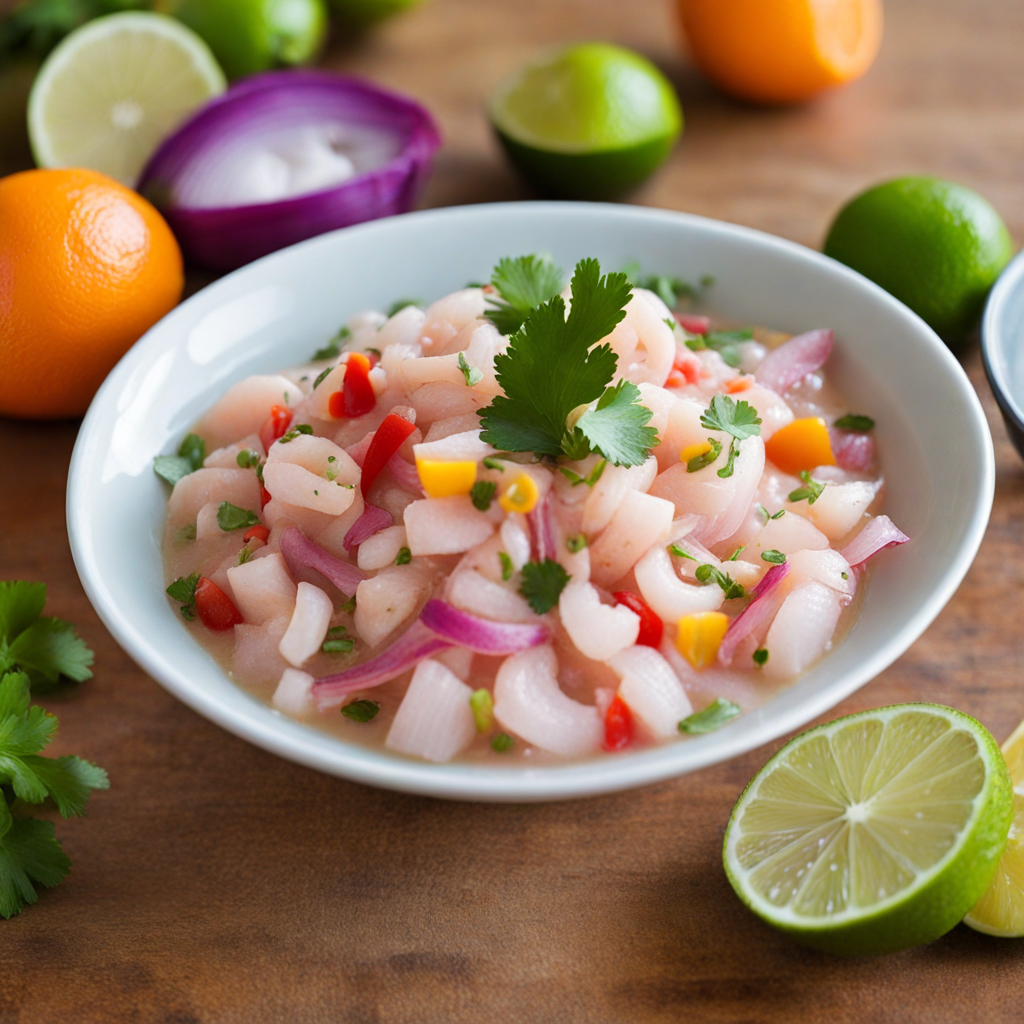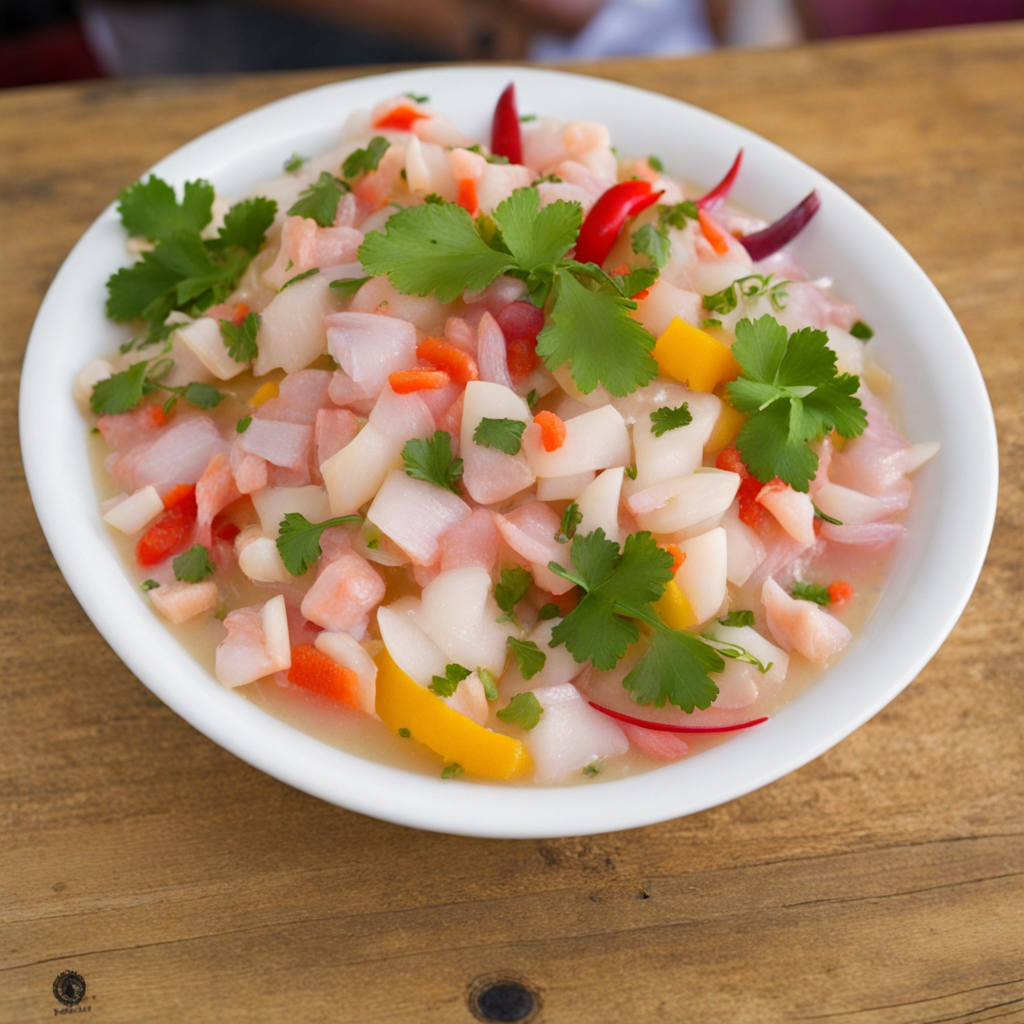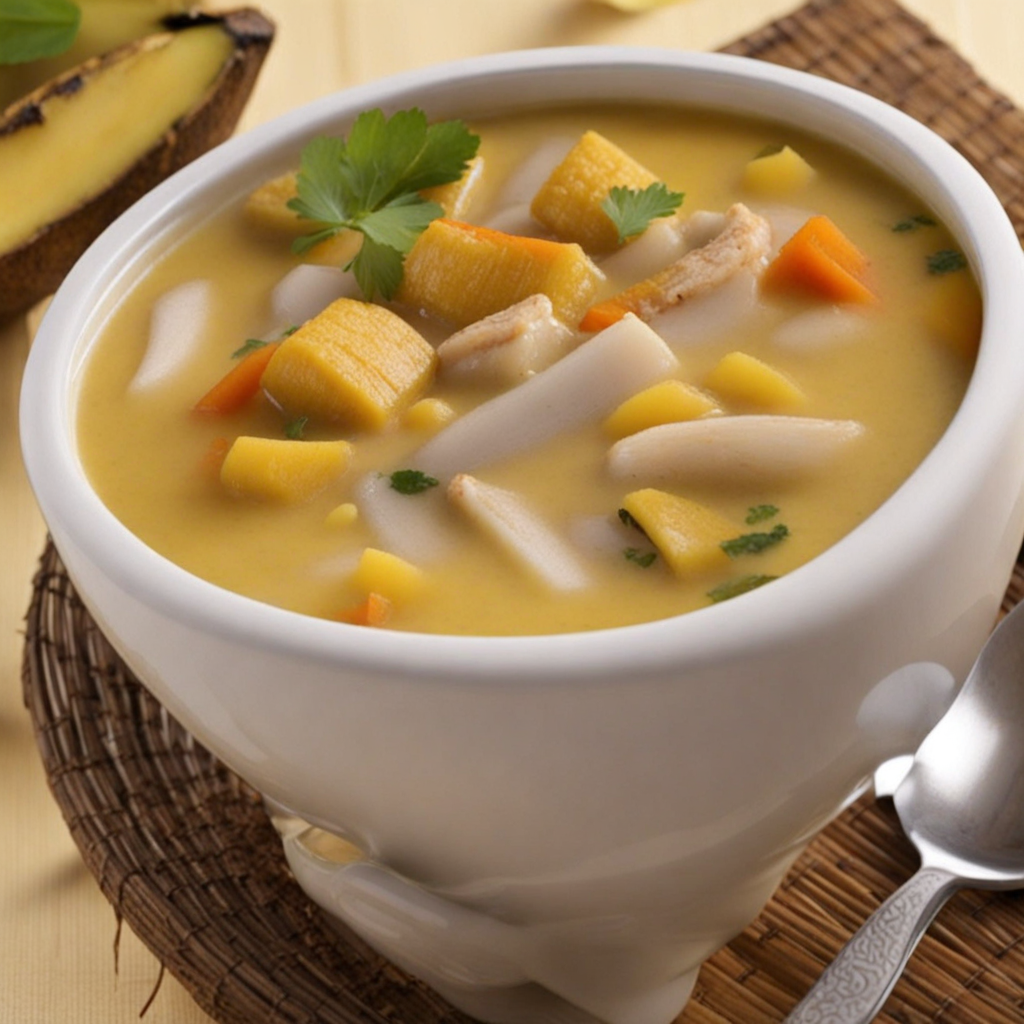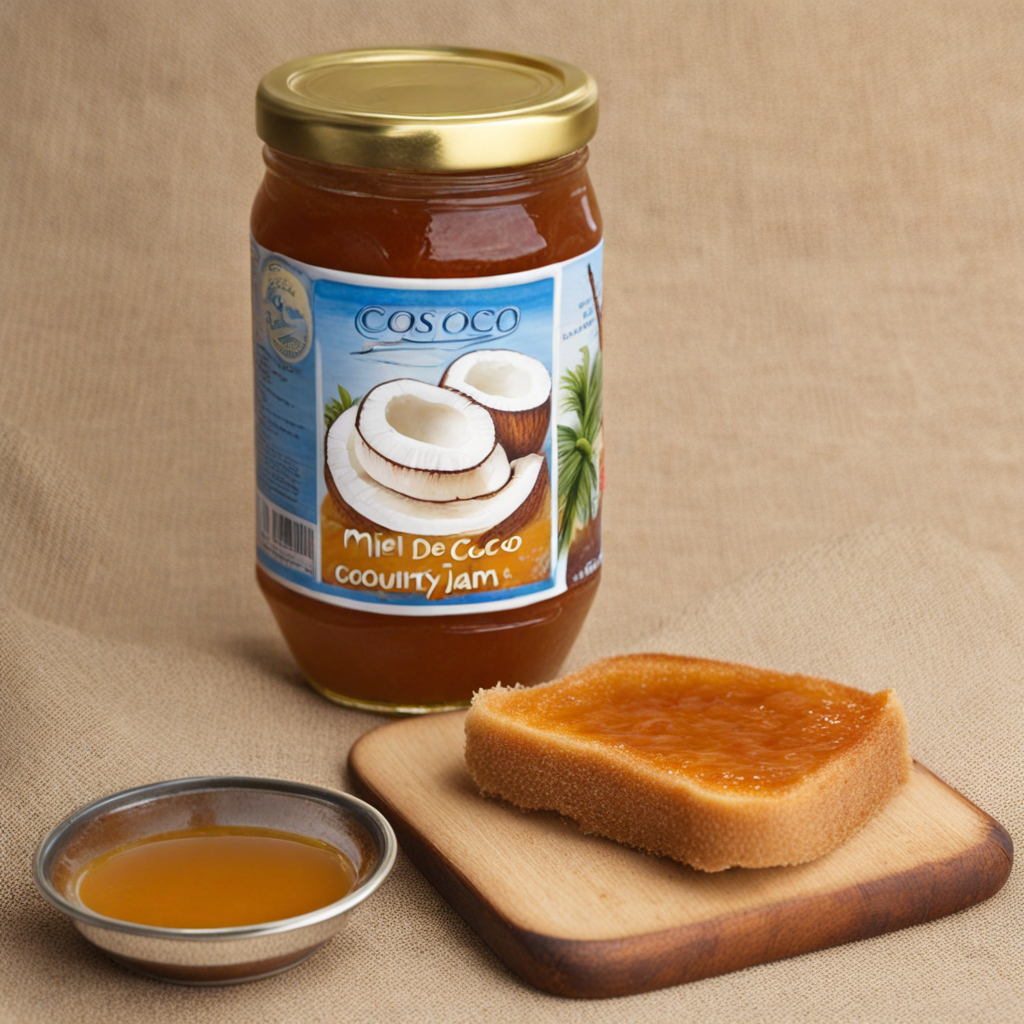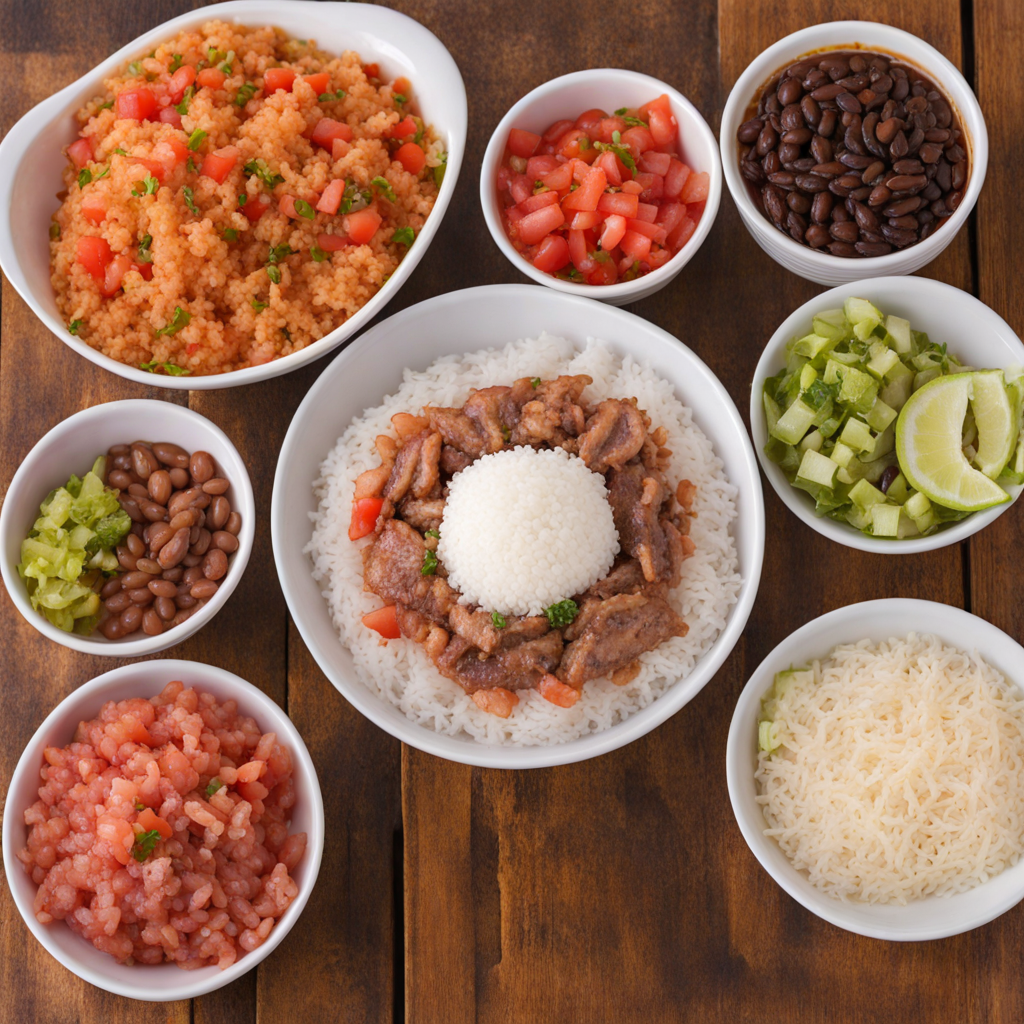Ceviche
Ceviche is a refreshing and vibrant dish that showcases the rich flavors of Costa Rican coastal cuisine. At its core, ceviche consists of fresh, raw fish or seafood that is marinated in a zesty mixture of citrus juices, primarily lime or lemon, which "cooks" the fish through the process of denaturation. The dish is often enhanced with an array of ingredients such as diced tomatoes, onions, cilantro, and peppers, creating a colorful and aromatic blend that tantalizes the senses. In Costa Rica, ceviche is typically prepared using locally sourced seafood, such as tilapia, snapper, or shrimp, making it a true representation of the country's bountiful ocean offerings. The combination of the tangy citrus marinade with the natural sweetness of the fish results in a delightful contrast of flavors. Served chilled, ceviche is often accompanied by crispy tortilla chips or plantain chips, adding an enjoyable crunch that complements the dish's silky texture. This dish is not only a culinary delight but also embodies the spirit of Costa Rican culture, where fresh, seasonal ingredients are celebrated. Whether enjoyed on the beach as a refreshing snack or as part of a larger meal, ceviche is a must-try for anyone looking to explore the vibrant tastes of Costa Rica. Its bright flavors and enticing presentation make it a perfect introduction to the country's diverse gastronomic scene.
How It Became This Dish
The History of Ceviche in Costa Rica Ceviche is a beloved dish that has transcended borders and cultures throughout Latin America, but its roots are particularly rich in Costa Rica. With its vibrant flavors and refreshing qualities, ceviche has become a culinary symbol of coastal regions, especially in Central America. To fully appreciate the dish, we must explore its origins, cultural significance, and how it has evolved over time in Costa Rican cuisine. #### Origins of Ceviche The origins of ceviche can be traced back to ancient civilizations along the coasts of the Pacific Ocean. While multiple countries claim the dish as their own, its earliest versions are thought to have emerged in Peru. Archaeological evidence suggests that indigenous people were marinating fish in citrus juices as far back as 2000 BC. The dish likely evolved through the influence of the Spanish colonizers, who introduced new ingredients such as onions, garlic, and peppers. In Costa Rica, ceviche is particularly associated with the coastal regions, where the abundance of fresh seafood plays a crucial role in local diets. The country's location between the Caribbean Sea and the Pacific Ocean provides a diverse array of fish and shellfish, which are key components of ceviche. The local fishermen, known for their sustainable practices, have historically supplied the ingredients that make this dish a staple. #### Cultural Significance Ceviche holds a special place in Costa Rican culture, symbolizing not only the country's rich maritime resources but also its communal spirit. Traditionally, ceviche is enjoyed as an appetizer or a light meal, often shared among friends and family. The dish is frequently present at social gatherings, especially during celebrations such as birthdays, holidays, and beach outings. In Costa Rica, ceviche is more than just a meal; it embodies a way of life. The preparation and consumption of ceviche often occur in a communal setting, fostering social connections and a sense of belonging. It is common to see families and friends gathered at the beach, enjoying freshly prepared ceviche while basking in the sun, illustrating the dish's connection to leisure and the natural environment. #### The Evolution of Ceviche in Costa Rica Ceviche in Costa Rica has evolved significantly over the years, influenced by local ingredients, culinary techniques, and cultural exchanges. While traditional Peruvian ceviche is typically made with firm white fish marinated in lime juice and seasoned with chili peppers, Costa Rican ceviche showcases a variety of regional influences. 1. Ingredients: The most common fish used in Costa Rican ceviche is tilapia, though snapper, mahi-mahi, and other local catches are also popular. Unlike its Peruvian counterpart, Costa Rican ceviche often incorporates a wider range of seafood, including shrimp, octopus, and even squid. The addition of fresh vegetables, such as tomatoes, cilantro, and bell peppers, adds color and texture to the dish, making it a feast for the senses. 2. Marination Process: The marination process is a crucial step in ceviche preparation. In Costa Rica, the fish is typically marinated in freshly squeezed lime juice, which not only flavors the dish but also "cooks" the fish through acid denaturation. The marination time can vary, with some preferring a shorter marination for a fresher taste, while others opt for a longer period to enhance the flavors. This flexibility allows for personal preferences and regional variations. 3. Accompaniments: Ceviche in Costa Rica is often served with a plethora of accompaniments, including crispy tortilla chips, avocado slices, and even plantain chips. These sides enhance the overall experience, offering a delightful contrast to the acidity of the ceviche. Additionally, the dish is frequently paired with local beverages, such as cold beers or refreshing tropical fruit juices, further enriching the culinary experience. 4. Regional Variations: Due to Costa Rica's diverse geography, ceviche has regional variations that reflect local tastes and available ingredients. In the Caribbean region, for instance, ceviche may be prepared with coconut milk, adding a tropical twist to the classic dish. On the Pacific coast, the use of spicy chili peppers may be more prevalent, catering to the local palate. 5. Modern Interpretations: In recent years, chefs and home cooks alike have begun to experiment with ceviche, leading to innovative interpretations that blend traditional techniques with contemporary influences. Fusion ceviches have emerged, incorporating ingredients from other cuisines, such as mango, avocado, and even soy sauce. These modern takes showcase the versatility of ceviche and its ability to adapt to changing culinary landscapes. #### Ceviche Today Today, ceviche remains a cherished dish in Costa Rica, celebrated for its refreshing qualities and vibrant flavors. It is commonly found on menus in coastal restaurants, beachside shacks, and local markets. As tourism continues to grow, ceviche has become a must-try dish for visitors seeking an authentic taste of Costa Rican culture. Furthermore, ceviche festivals and competitions have become popular events, highlighting the dish's importance in local cuisine. These gatherings celebrate culinary creativity and foster community spirit, allowing chefs and enthusiasts to showcase their unique interpretations of ceviche. #### Conclusion Ceviche is more than just a dish; it is a cultural artifact that tells the story of Costa Rica's rich maritime heritage and communal values. From its ancient origins to its modern interpretations, ceviche has evolved while retaining its core essence—freshness, flavor, and a sense of togetherness. As Costa Ricans continue to enjoy this delightful dish, it serves as a reminder of their connection to the sea, their land, and each other. Whether enjoyed on a sun-soaked beach or at a family gathering, ceviche remains an enduring symbol of Costa Rican culinary identity, inviting everyone to share in its vibrant flavors and cultural significance.
You may like
Discover local flavors from Costa Rica


